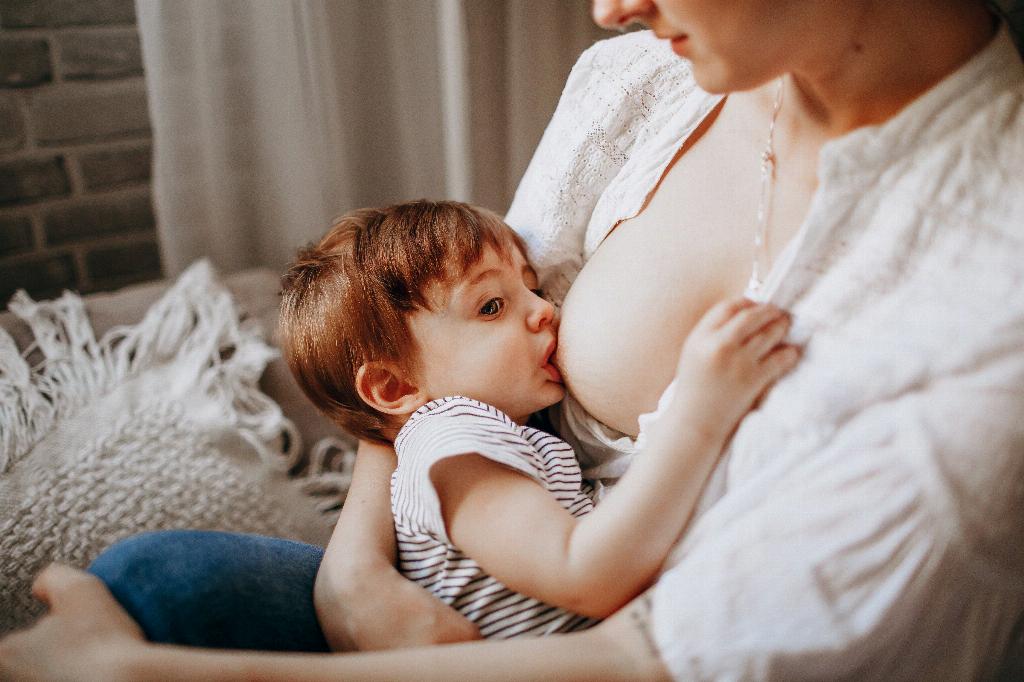When it comes to the topic of breasts and their temperature, there are various interesting aspects to consider. One particular area of intrigue is how the skin temperature of breasts changes during and after breastfeeding. Research has shown fascinating patterns in the way breast skin temperature fluctuates in the hours and days following the initiation of breastfeeding.
Studies have indicated that the skin temperature of breasts tends to increase within the initial 1 to 2 days after childbirth and further rises between the 4 to 5-day mark postpartum. This notable increase in temperature during the early postpartum period suggests a physiological response related to milk production and breastfeeding.
It is intriguing to note that the elevated breast skin temperature persists during the act of suckling and for up to 5 minutes after the completion of breastfeeding. This prolonged elevation in temperature could be attributed to the increased blood flow to the mammary glands and surrounding tissues to support the milk ejection process.
Moreover, the heat generated during breastfeeding may be linked to the metabolic demands of lactation. As the body works to produce and deliver milk to the infant, there is an increase in energy expenditure, which can manifest as a rise in local temperature in the breast tissue.
Another factor that may contribute to the heightened temperature of breasts during breastfeeding is the release of oxytocin. This hormone plays a crucial role in milk let-down and is known to cause vasodilation, potentially leading to a localized increase in blood flow and temperature in the breast area.
Furthermore, the tactile stimulation involved in breastfeeding could also influence the temperature of the breasts. The physical contact and pressure exerted during nursing may promote circulation and blood flow to the mammary glands, resulting in a temporary rise in skin temperature.
It is essential to recognize that individual variations in breast temperature response to breastfeeding may exist. Factors such as maternal age, hormonal levels, breastfeeding frequency, and environmental conditions could influence the degree of temperature elevation observed in different individuals.
Additionally, the type of breastfeeding, whether direct nursing at the breast or pumping, could impact the thermal dynamics of the breasts. The mechanical aspects of breastfeeding and the type of breast pump used may influence the temperature regulation mechanisms within the breast tissue.
Understanding the thermal changes in breasts during and after breastfeeding is not only of physiological interest but also holds potential clinical implications. Monitoring breast skin temperature alterations could provide insights into lactation effectiveness, milk production dynamics, and potentially aid in the early detection of issues such as mastitis or plugged ducts.
In conclusion, the temperature of breasts does indeed exhibit fluctuations during and after breastfeeding, with factors such as hormonal influences, milk production demands, oxytocin release, tactile stimulation, and individual variations all playing roles in determining the extent of temperature changes. Further research in this area could shed more light on the intricate interplay between breastfeeding and breast temperature regulation, offering valuable insights for maternal and infant health.

